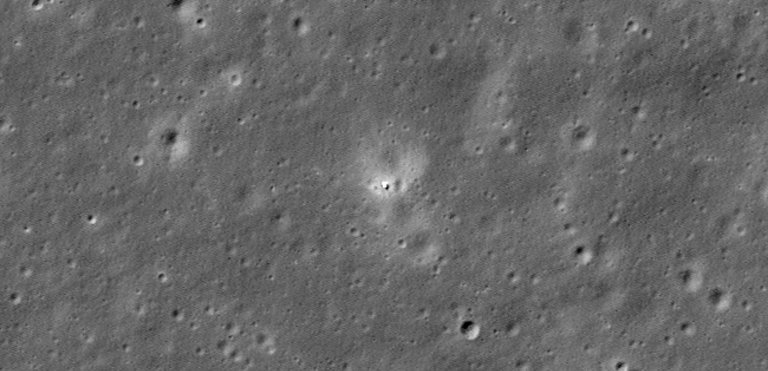Clandestine samples of the Moon confirm volcanic activity

They have analyzed the samples of the Chinese mission Chang’e-6 from the hidden part of the moon and have concluded that in that part of the moon the volcanic activity was for billions of years.
The Chang’e-6 mission brought to Earth two kilos of samples taken in the Aitken basin, at the southern pole of the Moon, in a capsule last June. The Aitken Basin is one of the oldest and largest craters on the Moon, which emerged almost four billion years ago, the victim of a meteorite. As expected, researchers have been able to see that the fine dust contained in it is composed of particles from different geological times. In fact, because of constant micrometeorites and high-energy solar particles, the rocks of the Moon become dust.
The study of the isotopes of this powder has led to the conclusion that some particles come from the lava that emerged about 2.83 million years ago. And in the same way, some 4.2 billion years ago remains of a lava have been found.
Other studies based on crater chronology have also suggested vulcanism in this part of the Moon. On this occasion, it has been confirmed directly through the samples collected by the organization. The publication in the journal Nature and Science has yielded results in two articles.
Buletina
Bidali zure helbide elektronikoa eta jaso asteroko buletina zure sarrera-ontzian











